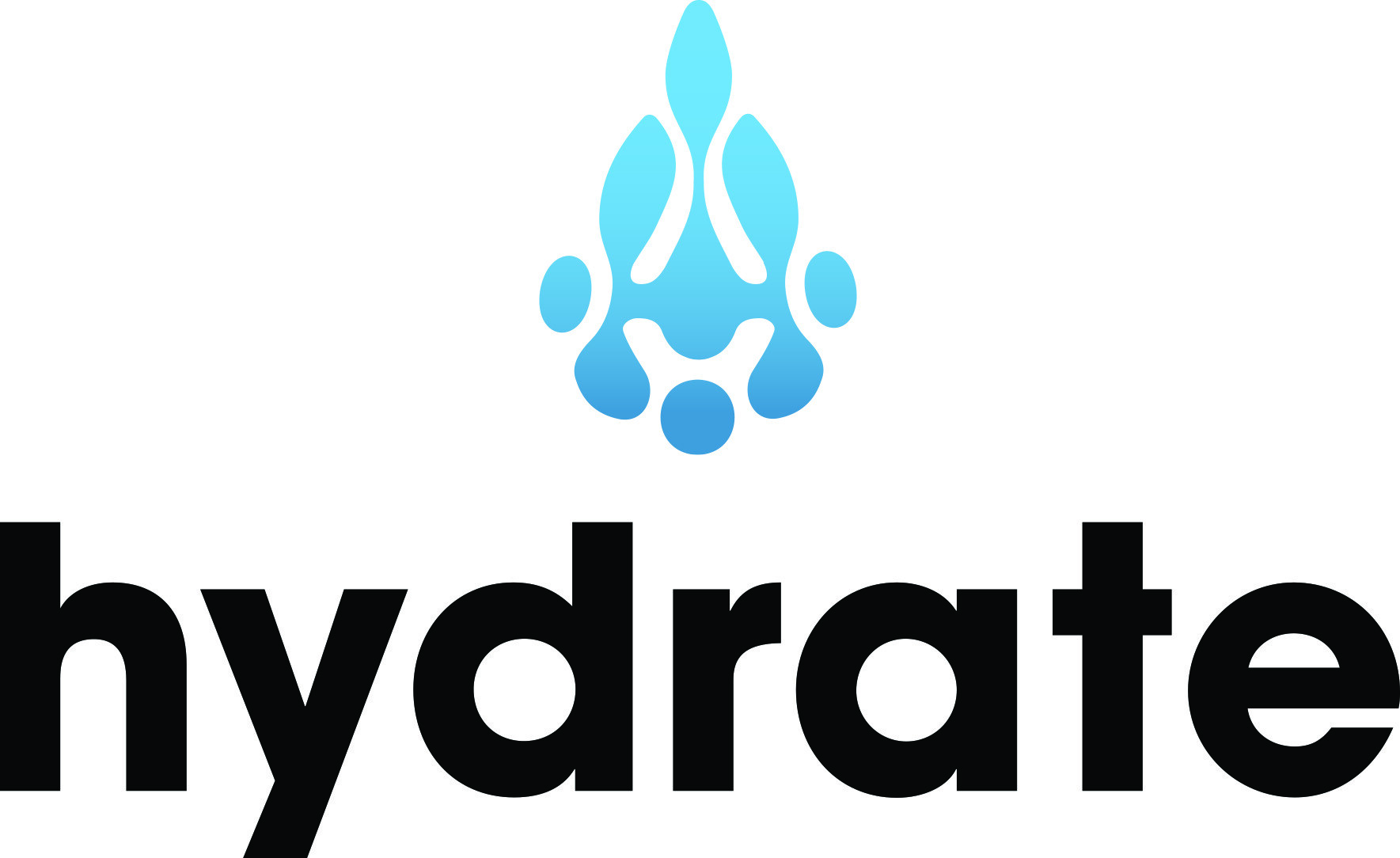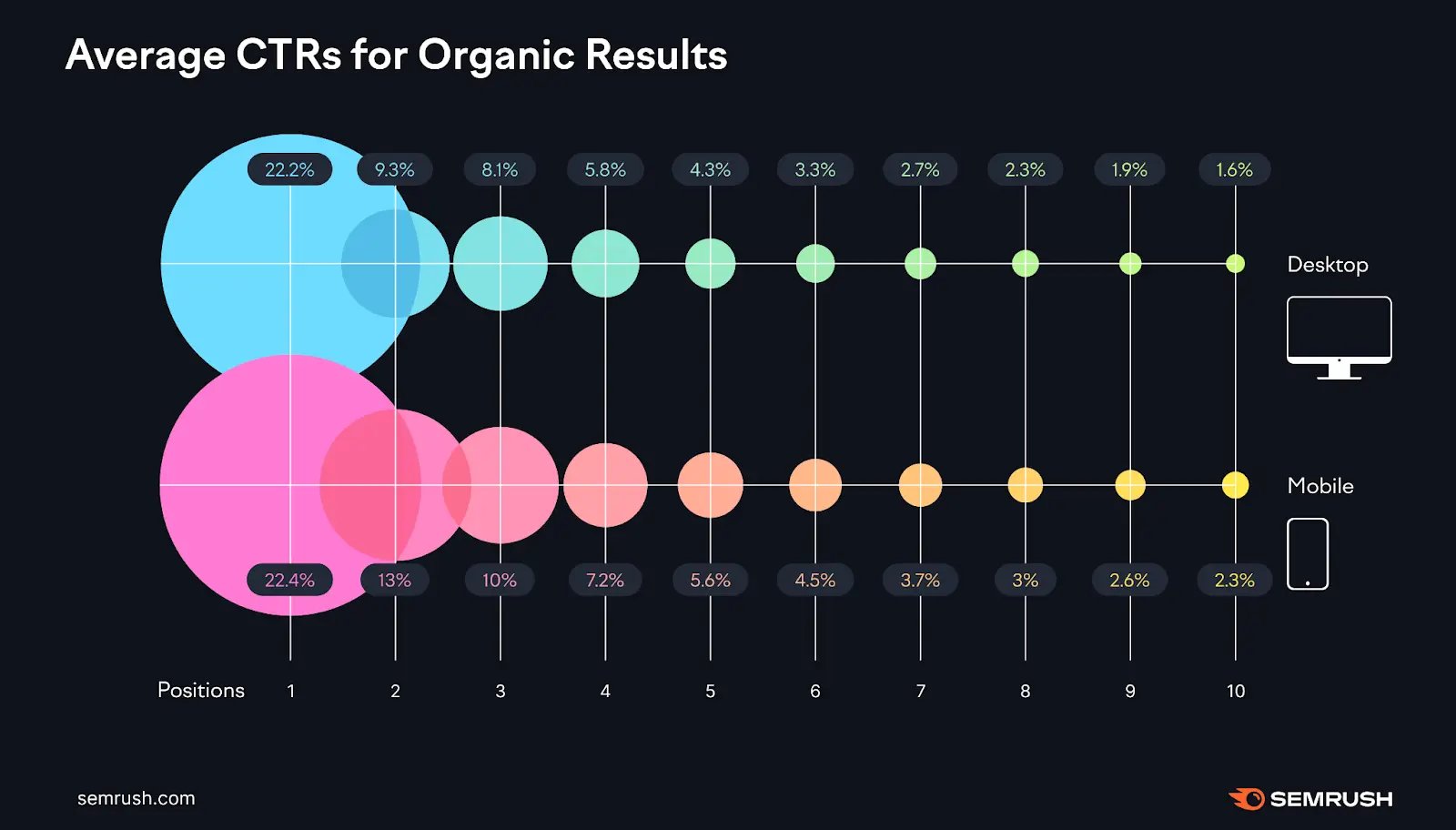Have you ever looked at your business' website and wondered, "What is the point of this thing?" If so, you've probably got some work to do. A website should not be something that is built, published, and never touched again. If you think about it, your website serves several functions, such as attracting new leads, processing sales, and advertising your brand. One of the greatest ways a business can hurt themselves is by treating their website like an online brochure, instead of their strongest marketing asset. With that in mind, don’t you want a website that doesn’t just work, but works for you?
Your website should be:- Attractive and up-to-date with your products and/or services
- Well-optimized for SEO
- Responsive
- Designed to move prospects through the buyer’s journey
Maybe you're not sure exactly what some of that means. Well, you want your website to be all that and a bag of chips, right? Keep reading to learn more and set out on your path toward accomplishing that goal.
Attractive & Up-to-Date
It’s said that from the time a visitor arrives at your website, you only have about eight seconds to grab their attention before they leave. If your website is stale and outdated, it will stand out like a sore thumb and consumers won't even give it a chance. Therefore, the content on your homepage needs to be current and clearly define who you are, what you do, and who you do it for. You also want to make a connection with the visitor so they know they are in the right place and you are speaking to their needs and concerns. The only thing constant about the internet is that it is constantly changing. Because of this, you need to be sure your website is up-to-date and fully functional so no matter when someone visits the site, it looks and operates exactly how you want it to. Check out the below example of homepage content that makes a connection with the target visitor.

Optimized
Search engine optimization (SEO) is an integral part of being found online. Out of all online interactions and experiences, 93% begin with a search engine. But it's not enough to be found lower down on a search engine results page (SERP). It's important that your website ranks well and achieves a high position. The following chart from Semrush shows just how dramatically the average click-through rate (CTR) drops from the first position on a Google SERP to the 10th.
How can you possibly rank highly considering how oversaturated the internet is these days? It might be a long journey, but you must start by optimizing your website to be found when users are searching for products or services similar to what you offer. Begin with these crucial pieces of content:
- Keywords
- Metatags & descriptions
- Image alt text
- Sitemap
- Google Analytics
- Blogs
- Product/service descriptions
- Calls-to-action (CTAs)
Responsive
There has been a major shift in the way people shop for products and services. Today’s empowered consumer is conducting research online in the awareness and consideration stages of the buyer’s journey. Plus, customers are no longer using the telephone as their main way to get in contact with customer service. Instead, they’re turning to our website and social media platforms to get ahold of us. This is often done via sending a private message from a mobile device. So, to have an appropriately responsive website, yours should:
- Be mobile-friendly
- Support social sharing
- Have a fast page load time
- Include all necessary contact information
- Offer a messenger option
Designed to Move Prospects Through the Buyer’s Journey
There are three stages of the buyer’s journey – awareness, consideration, and decision. During each stage, the buyer exhibits specific behavior and you need to be sure your website is equipped with the content they are searching for to properly move them through their journey. Below is the information you will need to achieve this.
- During the awareness stage, a prospect is experiencing and expressing a problem or opportunity. This means they will research their symptoms, for example, to try to identify and label their problem or opportunity. When someone in the awareness stage lands on your website, they are looking for content such as white papers, eBooks, or other educational information.
- Someone in the consideration stage has clearly defined and given a name to their problem or opportunity. This means they’re ready to search for solutions. Now they are on your website looking for content such as podcasts, expert guides, videos, or comparison white papers.
- Someone in the decision stage has picked their solution strategy, method, or approach. This means they have a final product or service in mind. Now, they are looking for content such as vendor comparisons, case studies, or live demos.
As previously stated, the only thing that is constant about the internet is that it is constantly changing. Due to this chaos, your website needs regularly scheduled check-ups to ensure everything is as it should be. These check-ups will look for things such as SERP rankings, competitor rankings, CTA placement, user-friendly pages, search engine optimization, alt text, etc. Essentially, they will assess anything and everything that can affect your Google rankings so you can keep moving up toward the top of the SERP. In conclusion, your website is one of your strongest marketing tools. Start treating it as such.









